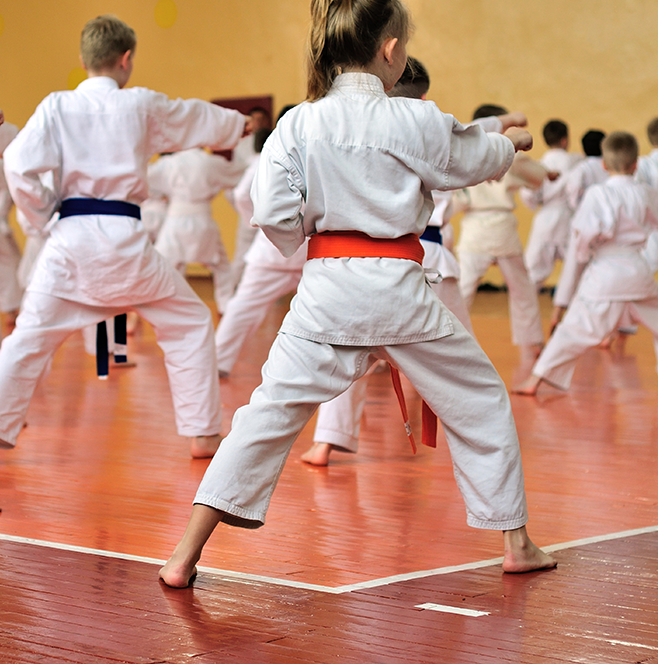
Hapkido is a dynamic Korean martial art based on a system of self defence, through the use of joint locks, grappling and throws combined with more attacking moves (kicks, punches and other strikes).
Hapkido is practised throughout the world and is closely related to the Japanese art of Aikido.
‘Hap’ literally means harmony, unity and coordination. ‘Ki’ is energy or power and ‘Do’ means art or way, so Hapkido translates to ‘The way of coordinated power.
There are 3 theories in Hapkido:
As is often the case with martial arts which have a long history associated to them, there have been a number of sub-styles of Hapkido that have developed over the years including Combat; Jin Jung Kwan; Shinshei; and Sin Moo. Whilst different, these styles all retain common elements of the Hapkido that Choi introduced.
Hapkido is a Martial Art that teaches the full range of defence including kicks, punches, pressure point techniques, throws, joint locks, traditional weapons, free fighting, ki and meditation.
The sport focuses on technique rather than fitness which makes it an ideal activity for beginners.
Hapkido emphasizes defencive moves rather than attack, so more training is given on throws, twists and pressure points.
Like many Martial Arts self-discipline and personal development as as important as phisical fitness in Hapkido.

The different colour Hapkido belts represent the different levels of progression in the sport. The beginner grade is white belt and goes through to the advanced ‘Dan’ black belt. There can be different grading systems in place depending on the school or particular style of Hapkido, but some of the grades could include:
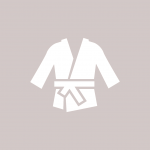
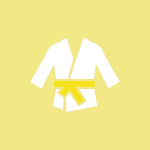
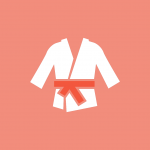
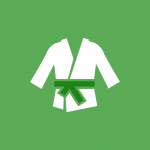

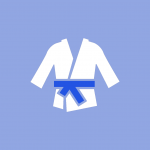
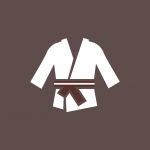
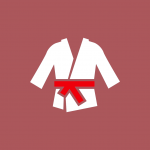

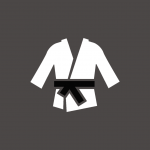

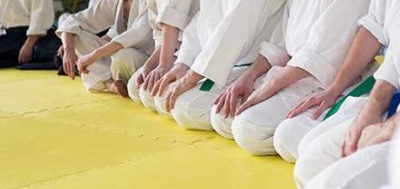
Children can start from the age of 4 years old, usually when they have developed enough self-control and focus. Hapkido classes focus on technique rather than strength and fitness so anyone can take part regardless of their ability. Adults can be of any gender or experience level when starting Hapkido classes. Those who walk late at night or those who work in isolation can benefit from Hapkido classes as the self-defence aspect helps them feel safer.
